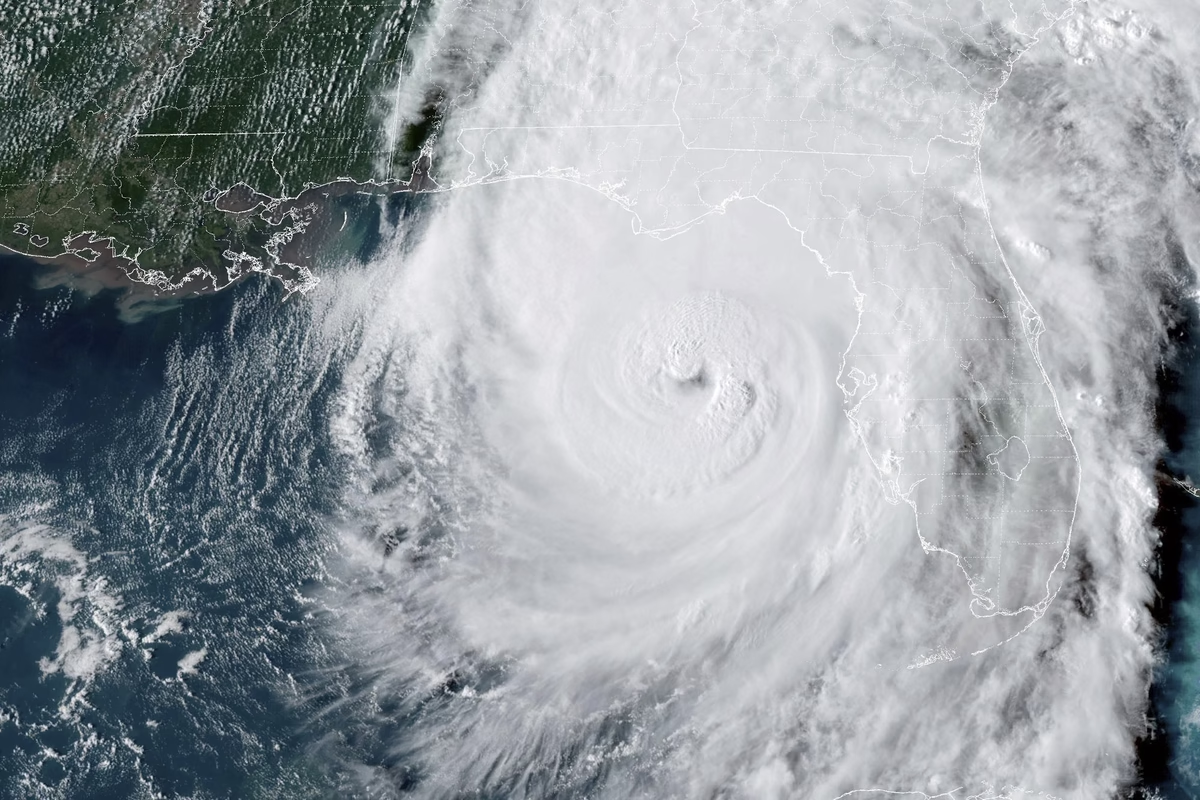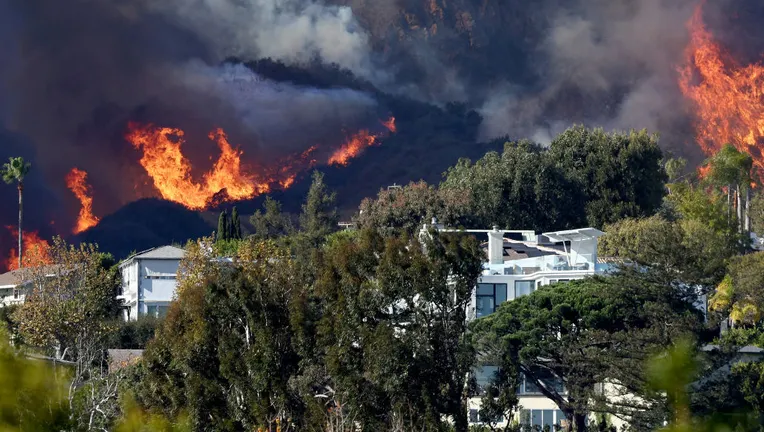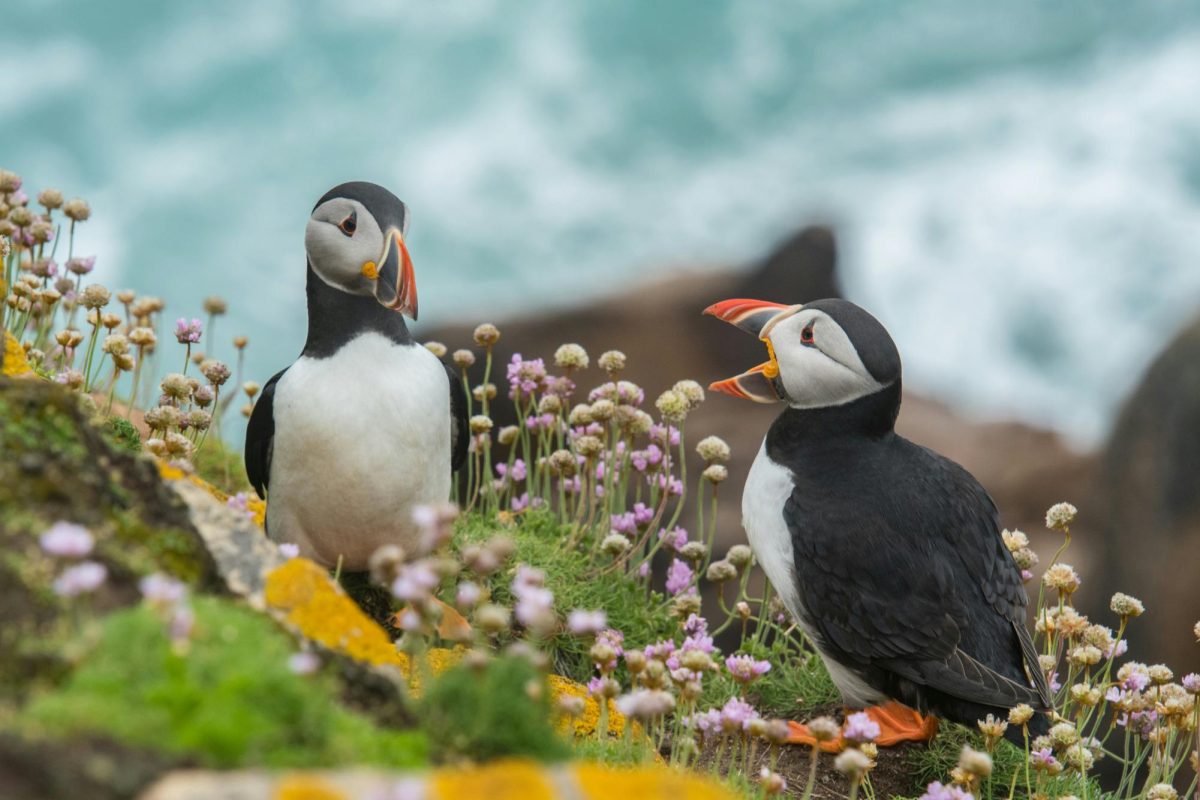Reality Sinking In
About 65% of American households own on an average two pets. That is about 173.8 million people who combined own a total of 347.6 million pets. Could you imagine that amount of pets decreasing by a whopping 73%, leaving only 93 million pets in the U.S.
Imagine it! In fact, even worse, imagine a 73% decrease in animal populations worldwide! How does this affect us, and what can we do to stop it?
Finding The Threat
Our global food system is the current dominant threat to wildlife populations around the world. Humans’ willingness to cut down forests and clear fields are having a dismal affect on our ecosystems. An article from Green America noted that, “Globally, around 5,400 vertebrate species are threatened by agriculture and the habitat destruction, land use change, and chemical use that accompany it.” Meaning that animals are steadily being affected by chemical drift, runoff, and habitat fragmentation, which, in turn, is affecting animals from the deepest parts of the ocean, to ones that have not yet been discovered, and at this rate, might never be!
Agriculture, and all that it is, covers more than one third of the planet that we call home. And although it is beautiful, today’s biosphere is more analogous to wasteland due to its disrupted ecosystems.
The Statistics
Animal extinction has been a concern since long ago, although recently it has gotten much worse!
On October 9th, 2024, WWF journalist Amy Fallah highlighted the depths of wildlife destruction in the article “Catastrophic 73% decline in the average size of global wildlife populations in just 50 years reveals a ‘system in peril’.” The article emphasizes that both nature loss and climate change pose a threat to both animals and humanity, “The living planet index, provided by the Zoological Society of London (ZSL)”, says…“The steepest decline is in freshwater populations (85%), followed by terrestrial (69%) and then marine (56%).” What kind of condition is that leaving our planet in?
The World Wide Fund for Nature has an “Species Directory” page opened to the public on their website (www.worldwildlife.org) that categorizes the conservation status of animals enduring extinction. Animals like the African forest elephant, Black Rhino and Sunda tiger are all fixed on the Critically Endangered list.
What We Can Do To Help
As organizations take part in raising funds for endangered species, we can raise awareness! We can donate to endangered animal awareness companies, clean up the earth by disposing of our waste properly and cleaning up poorly disposed trash, and simply by spreading word of mouth awareness. Some people may not know the extent of animal extinction rates in today’s age and need to be informed of the ongoing issue!
To learn more about the topic visit the following links:























